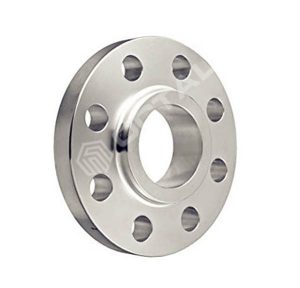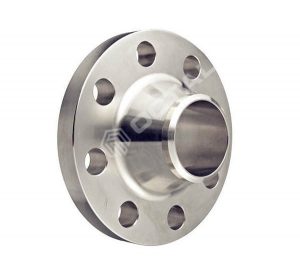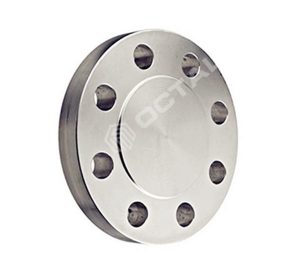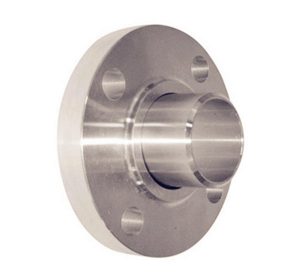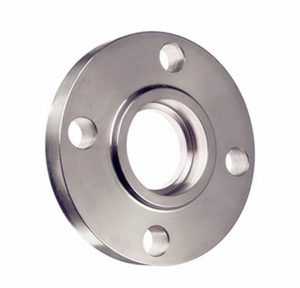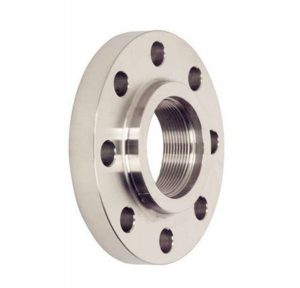Lap Joint Flange
Lap joint flange (simplified as LTF flange) shape is similar to slip on flange, it has a curved radius at the bore, which can connect with a stub end fittings and slide over the pipe. In this form, the pipe is usually welded to this stub end so the lap joint flange can rotate freely around the stub end.
The advantage of this combination that it will be easy with alignment for the bolt hole, easy to install and uninstall, much more convenient to do examinations and maintenance.
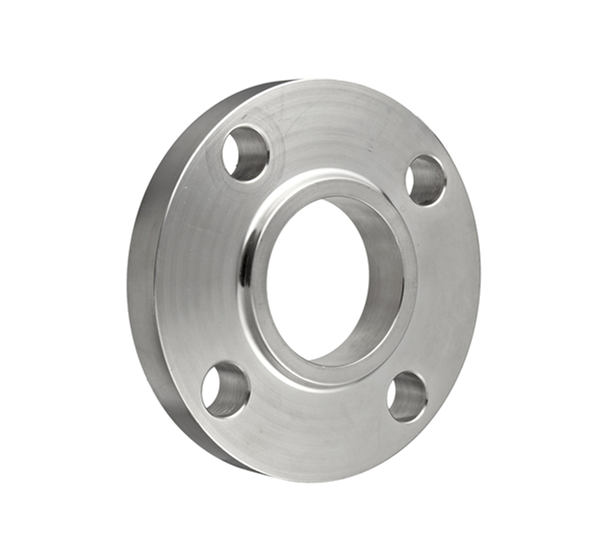
Lap Joint Flange
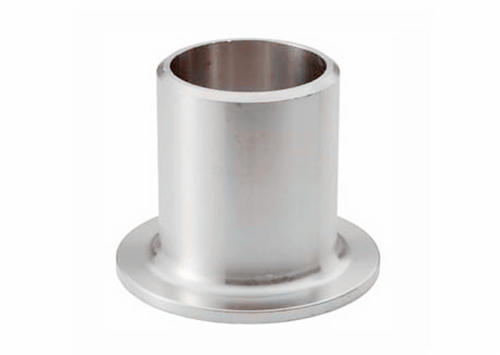
Stub End
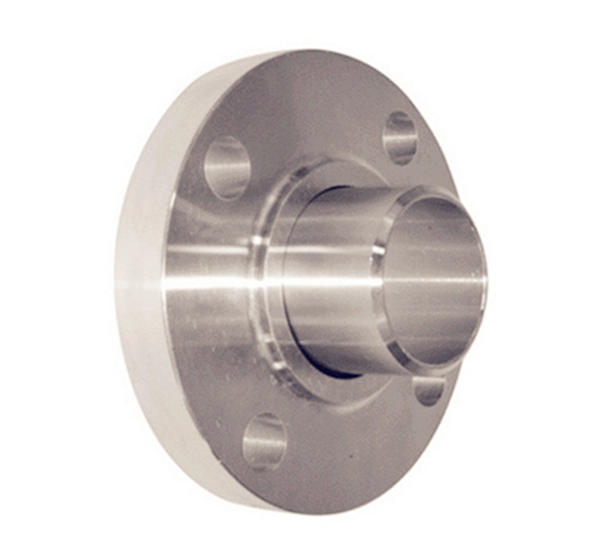
Lap Joint Flange with Lap Joint Stub End
Available Material
Carbon steel: ASTM A105, A350 LF2
Stainless steel: A182 F304/F304L/F316/F316L/F321
Alloy steel: ASTM A182, GR F1, F11, F22, F5, F9, F91
Dimensions
Common Outer Diameters: 1/2'' to 24''
Wall Thickness Schedule: SCH 10, SCH 40, SCH 160
Working Environment
Lap joint flange is typically used for low pressure application. It is not suitable when the flange pair need to bear high loads. Some pipes required to use this type flange, like a metal pipe already lined with plastic may have to use lap joint flanges.
Stub End - Key Fittings for Lap Joint Flange
A stub end is always used with a lap joint flange as a backing flange. There are three different types of stub ends, type A, B and C.
- Type A stub end can be machined to fit the standard lap joint support flange.
- Type B stub end is designed to be used with standard slip on flange.
- Either a lap joint flange or slip on flange, the type C stub end can be used
Stub end include long or short pattern length. The end of long pattern is also known as ASA Stub Ends. The short end is used with the larger flanges of ANSI 300 and 600. They are commonly used in most sizes ANSI 900 and above.
Benefits of using Ring Lap Joint Flange
- Compatible with frequently dismantling. You can remove the pipe easily and frequently for inspection and cleaning purposes.
- Easy to rotate flanges and align bolt holes, which simplifies assembly of large diameter or unusually stiff pipes.
- Cost saving. If the pipe material in alloy steel or stainless steel. By using a lap flange, the wetting material consists of a special material and the flange will be carbon steel. Since the flange does not come into contact with the process fluid, it is not affected by the fluid.
- Rescue. In systems that are rapidly corroded or corroded, the flange can be recycled for reuse.
Differences between lap joint flange and slip on flange
Slip on flange is essentially a ring placed over the pipe end. And the flange face extending a sufficient distance from the pipe end, so as to apply a weld on the inner diameter. The outer diameter of slip on flange can also be welded to the rear side of flange. Comparing to weld neck flange, slip on flange has lower material cost and easier to align.
The lap flange is very similar to a slip on flange. From the outside, it almost looks like the same. But you look on the backside, the holes and faces of lap joint flange has a curved radius to accommodate the lap joint stub end.
If type B or type C stub end is used, the slip on flange can be used as the lap joint flange.

